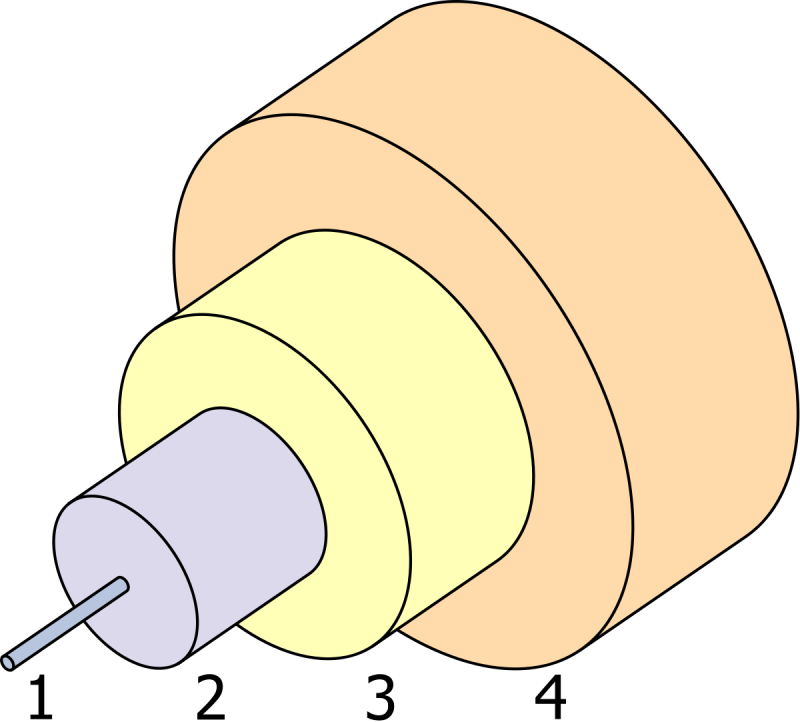As the demand for high-speed data transmission continues to surge, the evolution of single-mode fiber technology is poised to play a pivotal role in shaping the future of communication networks. With its ability to carry data over longer distances and at higher bandwidths compared to multi-mode fiber, single-mode fiber is set to undergo significant advancements that will redefine connectivity across industries. This article delves into some of the key future trends in single-mode fiber technology.
Increased Data Rates and Bandwidth:
One of the most prominent trends in single-mode fiber technology is the pursuit of even higher data rates and greater bandwidth. As data-intensive applications such as 8K video streaming, augmented reality (AR), virtual reality (VR), and the Internet of Things (IoT) become more prevalent, the need for faster and more efficient data transmission becomes paramount. Researchers are exploring novel methods to push the limits of data rates beyond the current standards, enabling seamless transmission of massive amounts of data.
Space Division Multiplexing (SDM):
Space Division Multiplexing (SDM) is an emerging concept that involves using multiple cores or modes within a single fiber to transmit data independently. This technique holds the promise of significantly increasing the capacity of single-mode fiber networks by utilizing the spatial dimensions of the fiber. By employing SDM, network operators can potentially achieve higher data rates without having to lay down additional physical fibers, thus optimizing existing infrastructure.
Nonlinear Optical Effects for Enhanced Efficiency:
Nonlinear optical effects, which were once considered detrimental to signal transmission, are now being harnessed to enhance the efficiency of single-mode fiber networks. Techniques such as four-wave mixing and stimulated Raman scattering are being explored to enable signal regeneration and amplification within the fiber itself. These nonlinear effects could lead to the creation of more energy-efficient and cost-effective optical amplifiers, extending the reach of long-haul communication links.
Flexibility and Miniaturization:
The advent of bend-insensitive single-mode fibers is opening doors to enhanced flexibility and miniaturization of fiber optic systems. This trend is particularly significant in the context of deploying fiber in confined spaces, such as within data centers, smart homes, and wearable devices. The ability of single-mode fiber to maintain optimal performance even when subjected to tight bends ensures its versatility in various application scenarios.
Integration with Wireless Networks:
The convergence of optical fiber networks with wireless communication systems is another intriguing trend. As 5G and beyond-5G wireless networks continue to evolve, there is growing interest in using single-mode fiber as a means of providing high-capacity backhaul for wireless base stations. This integration offers a seamless solution for handling the substantial increase in data traffic driven by mobile devices and emerging technologies.
Quantum Communication and Cryptography:
The field of quantum communication and cryptography is rapidly advancing, and single-mode fiber is playing a critical role in its development. Quantum key distribution (QKD) protocols, which ensure secure communication by leveraging the principles of quantum mechanics, rely on the transmission of quantum signals over long distances. Single-mode fiber’s ability to preserve the delicate quantum states of these signals is pivotal for the realization of secure quantum communication networks.
Conclusion:
The future of single-mode fiber technology is undeniably exciting, with a host of innovations set to reshape the landscape of communication networks. From increased data rates and bandwidth to novel techniques like SDM and leveraging nonlinear effects, single-mode fiber is at the forefront of enabling next-generation connectivity. As these trends continue to evolve, industries ranging from telecommunications and data centers to healthcare and beyond will undoubtedly benefit from the transformative potential of single-mode fiber technology.
Contact Linden Photonics to get a quote or Call Us at (978) 392-7985

